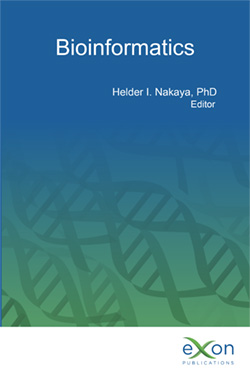Computational Methods for Detecting Large-Scale Structural Rearrangements in Chromosomes
Main Article Content
ABSTRACT
Large-scale structural chromosomal rearrangements or structural variants, such as insertions, deletions, translocations, and inversions may result in the exchange of coding or regulatory DNA/RNA sequences between genes, which can lead to gene fusion or the loss/gain of genetic material. Gene fusion events are common in multiple types of cancer. High-throughput DNA and RNA sequencing methods produce large amounts of genomic data. Due to the massive amounts of data and the fact that structural variants account for just a small fraction of the data, efficient and accurate search methods are required for the detection of chromosomal breakpoints and structural variations. Robust identification of structural variants remains paramount for accurate inference of long-range interactions from high-throughput chromosome conformation capture (Hi-C) data. This chapter is a survey of computational methods based on paired end reading, efficient search techniques and parallel computing to detect structural variants in both whole genome and transcriptome sequences, as well as Hi-C data.
Downloads
Metrics
Article Details

This work is licensed under a Creative Commons Attribution-NonCommercial 4.0 International License.

